
That there would be protests at the Super Bowl seems like a foregone conclusion. After all, thousands of people shut down the I-94 last summer after Jeronimo Yanez was acquitted in the killing of Philando Castile. In January 2017, a spontaneous protest began in Minneapolis’ Government Plaza after President Trump first announced his travel ban. The Mall of America was occupied in late 2015 by protestors associated with the Black Lives Matter movement. It comes as no surprise that Super Bowl LII, perhaps the highest profile event in the Twin Cities in more than a decade, in a year dominated both in football and the nation at large by discord and dissent, would attract its demonstrators.
The magnitude of the protests, however, surpassed all expectations. Not just one, but at least three distinct groups of dissidents gathered in downtown Minneapolis last weekend.
Members of the Black Visions Collective blocked the light rail at METRO’s Green Line West Bank station. Protesters used bike locks to create a human chain spanning the rails and prevent any trains from passing. Seventeen members of the group were arrested by Minneapolis police and cited for unlawful interference with transit.
In Minneapolis’ Peavey Park, a group of about 500 gathered for the “Anti-Racist Anti-Corporate Rally,” followed by a march to US Bank Stadium. The crowd gained energy until it arrived at one of the entrances specially erected for the big game. The march blocked the entrance for a few, tense moments before dispersing just prior to kickoff inside.
A third group met at the corner of 8th and Chicago, across the street from the Hennepin County Medical Center. This group was smaller than the “Anti-Racist Anti-Corporate” crowd, and certainly less disruptive than the Black Visions Collective. They stood together for nearly 30 minutes, chanted slogans, listened to a few speeches, took a knee – the symbolic gesture made famous by Colin Kaepernick and the athletes who emulate him – and left. But this action was the culmination of a weekend-long conference, and, the group hopes, a launching point for a long-lasting protest campaign.
Drawing inspiration from Kaepernick’s famous protest, the movement strives to go where Kaepernick cannot. This group calls itself “Take a Knee Nation.” They’re a collection of local activists, grieving mothers, student athletes and 20 people from Cincinnati, Ohio. They came together at protests against police violence and at vigils for its victims. I spent my Super Bowl weekend with them. Here’s their story.
- – –

While Take a Knee Nation aims to be horizontal in structure, in line with the current trend in modern social justice movements, it’s hard to imagine the event without the presence of Mel Reeves. Reeves, 60, is a veteran organizer and a fast talker. He’s charismatic and laughs at his own jokes. When I first met him in person, he wore a black turtleneck sweater and suit jacket, which made him look a bit like a priest.
Reeves was also one of Take a Knee Nation’s biggest recruiters. Macalester student Jack Henry Lickerman ’21 told me that he met Reeves at a vigil for Jamar Clark. “(Take a Knee Nation) was just an idea at that point,” he said. “That Saturday, I went to a meeting. And here I am.” He was a member of the outreach committee, and spread fliers across the Twin Cities and Macalester’s campus.
The conference portion of the event took place in Hoversten Chapel at Augsburg University. It’s a high-ceilinged red brick room with a large metal organ behind the altar. The room was about half full, which the organizers blamed on the snow which fell all morning and afternoon, and perhaps that’s a fair assumption.
The opening of the conference was pushed back 15 minutes to accommodate those who arrived late due to the tricky roads. This was the start of a theme. The schedule distributed to attendees was flexible at best. Actually, the first speaker wasn’t even announced. Frank Pero, a member of the Minneapolis-based American Indian Movement, spoke about Indian struggles and drew a link between the protests of the following day and the protests staged at the last Minnesota Super Bowl in 1992. Those demonstrations were mostly aimed at the Washington Redskins, the racist-named franchise who played in and won that year’s contest.
“AIM has been fighting racism and police brutality going on 50 years,” Pero said at the end of his speech. “We’re still here.”
Pero was followed up by Olivia House, a sophomore at Augsburg. More important to the conference was the fact that she was on the women’s soccer team and had, over the past two years, kneeled for the playing of the national anthem during her team’s games. House was MCing for the day and spoke briefly to set the tone for the day. While she started out a little bit shy, she was speaking with force and fervor by the end of her introduction. She spoke about her own experiences as an athlete-activist before turning to a more direct appeal. “I shouldn’t have to hold my breath every time a police car drives by,” she said. Most of the crowd were older than she was, and they were eating out of her hands. She had earned a standing ovation.
- – –

The centerpiece of the first day was a panel featuring the mothers of men and boys who had been killed by the police. The mothers represent a moral authority in the campaign against police violence. Their words carry a lot of weight, despite how hard it is to hear them. Each of the 11 women tell the story of how their son was taken from them, and most finish in tears. It’s a process: a mother recounts the final moments of her son’s life; she gets to the one detail that makes her break down; she finishes her story with some help, sometimes someone’s arms; she returns to her seat and sobs; then she readies herself to lend her support to another woman. The detail that leads to the break down is different for each woman. For one woman, it was that her son was shot in the back. For another, it was the police taking her grandchildren to the police precinct after killing their uncle. For a third, it was not being allowed to see her son’s body until the day of his funeral. For yet another, it was that he was killed in a church.
These women came from all across the country. Representatives from Boston to California traveled to Minnesota for one weekend, sleeping at the homes of other activists and friends of the conference. They are, in the words of Toni Taylor, the mother of Cary Ball Jr., who was killed by the St. Louis police, “a particular club that none of us wants to be in.” But the club isn’t just for women who’ve lost sons to the police. They’re also women who are willing to dedicate their time, energy and money (plane tickets to Minneapolis on Super Bowl weekend aren’t cheap) to marching and protesting across America. They know they can’t get their sons back. But these women have other sons, and this can happen to anyone’s son. Especially if your son is black.
The further a mother is from her tragedy, the more focused her message becomes. Hope Coleman is the mother of Terrence Coleman, a 32-year-old man who suffered from schizophrenia. He was killed by Boston police in late 2016. For her, the wound is still open. She’s lost 80 pounds since her son died, weight she hasn’t gained back, and she needs help getting through her speech. Taylor, on the other hand, lost her son in April of 2013, and speaks with confidence. It’s clear she’s done this before. But even she admits, “It still seems like it just happened yesterday.”
I spoke with Taylor after her speech. She believes the knee protests don’t stand in opposition to American ideals, but are instead about living up to them. “When they say, ‘we the people,’ they’re not talking about everybody,” she said. “They say that every man is created equal, but that’s not true either.” She wants these things to be true, but it isn’t always easy to feel hopeful. So why does she still show up? “If it was the other way around, if this would’ve happened to me, I know that Cary would be going for me,” she said. “So I’ve got to do this for him.”
The system doesn’t budge easy, and it can seem needlessly cruel. Taylor directs me to a YouTube video called “St. Louis American: Family questions police shooting.” In it, Taylor and her family return to the scene where her son was killed for an interview. While cameras are rolling, a police car drives by. Sirens flash and the driver’s window rolls down. The driver yells “Hi mom!” and speeds away. Taylor believes the police were mocking her and, after I saw the video, I reached the same conclusion.
Not all of the women came from far away. Kimberly Jones’ son Cordale Handy was killed on the 700 block of East Sixth Street in St. Paul. She criticized the common policy of placing police involved in fatal shootings on leave. “They have the nerve to get a paid promotion for killing our children,” she said. She also highlighted how these killings change the fabric of entire families. “I don’t know how many grandchildren or great grandchildren I could have had,” she said. “I’ll never know.”
This work takes its toll. Multiple women mentioned attending the funeral of Erica Garner, Eric Garner’s daughter. Erica, whose father died after he was placed in a chokehold by officer Daniel Pantaleo of the NYPD, became deeply invested in activist work, work she continued until she was killed by a major heart attack at the age of 27. The question is whether the stress of fighting police violence had strained her heart. Her obituary on CNN quotes a warning from her mother, Esaw Snipes: “You have to slow down, you have to relax and slow down.”
- – –
The gauntlet of grieving mothers, threw the conference seriously off schedule. To compensate, the workshops planned for the afternoon were scrapped in favor of a panel featuring Dr. Rose Brewer, a professor of African American & African studies at the University of Minnesota and Brian Taylor and Mona Jenkins, who were representatives from Black Lives Matter: Cincinnati (BLMC). In total, the delegation from Ohio was about 20-people strong.
BLMC is notable for being confrontational. Recently, they gained attention for dropping out of the Cincinnati Women’s March over a dispute about the march’s subtitle “Hear our vote!” They would’ve preferred “Hear our voice!”, because they believe that voting excludes marginalized people. They’ve also grappled publically on where they fall on the Second Amendment and refuse to call themselves “peaceful.”
“Not all help is good,” Taylor said at one point, speaking about activists with ulterior motives. “Some help is actually damaging.” It’s not an isolated concern. Backlash towards the Black Lives Matter movement doesn’t just come from the right. When social movements become too big, they lose insight into the lived experiences of the people they claim to serve. They also become partisan; while no one speaking was a fan of Donald Trump, they all also agreed that he’s a symptom, not the root of the problem. Since his election, there’s a fear that groups like Women’s March of Black Lives Matter are just proxies for the Democratic party. “This,” Taylor said, “is why some black people don’t trust activists.”
Jenkins draws a line between BLMC and the groups that want quick, superficial change. “Sometimes the win doesn’t come right away,” she said. “We have to endure.”
Compared to the raw emotions of the mothers, this panel traded in facts and theory. Brewer provided the conference with its first mention of capitalism. It was pointed out that, despite the hysterical rhetoric of the Blue Lives Matter movement, 2017 had the second fewest killings of police in the past half-decade, and that it is more dangerous to be the groundskeeper at a public park than to be a cop.
It’s all interesting stuff, but I felt exhausted and I think a lot of the other attendees did too. It was a long, emotionally challenging day. At seven we file out for dinner, which is a real “taste of the Twin Cities.” It’s fried chicken, collard greens, rice and beans and sambusas. Heavy soul food is just what the attendees needed.
Dinner was our first real opportunity to mingle outside of pee breaks. The crowd skewed, like a lot of justice events I’ve been to in the Twin Cities, towards retirement age, though the people I sat with were in their 20s and 30s. One woman named Shova Smith relished the opportunity to make new friends. She felt that Minnesotans claimed to hold progressive values but were often condescending or subtly racist. When confronted, these friends would try to change the subject in order to keep the peace. It reminded me of something Dr. Brewer said earlier in the evening: “Minnesota Nice refers to a comfort zone.” What Take a Knee Nation planned to do the next day was certainly not Minnesota Nice.
- – –
Because of the incredible dinner, I seriously overestimated the next morning’s brunch, which turned out to be just Greek yogurt and bananas. There were fewer people on Sunday than Saturday. Again, the weather was blamed and again it was probably justified. The temperature hovered around zero degrees Fahrenheit all day, with wind chills that made it feel like -15.
Sunday’s MC was Macalester grad Kevin Williams ’09, who was the warmest speaker of the conference. Referring to the mothers, who had all returned to take part in the rally, he paid tribute to the incredible strength of black women. He both celebrated this strength and lamented its existence. “No one should need to be that strong,” he said.
When I spoke to him before the event, Reeves called the conference an “intergenerational” event, meaning that it would include both mothers who lost sons and youth athletes who took part in kneeling protests. Unfortunately, most of the younger generation didn’t show. The only two athletes on the panel were House and Ray Guyton Jr., a junior wide receiver for Augsburg’s football team.
House and Guyton explained their paths, which were both like and unlike mine. House said that, while her team was mostly supportive, many of her teammates’ parents were not, which made her feel pressured. Guyton explained that many of his teammates didn’t agree initially with the choice of him and others to kneel. This led to a number of difficult conversations inside his team, which he says had an effect. During one game, against a team he refused to name, Guyton says that a white opposing player called him “boy.” This was followed by an in-game lecture by one of Guyton’s teammates on why it was unacceptable to call him “boy.” Guyton said that this teammate hadn’t initially agree with his decision to take the knee, but that they had engaged in a number of conversations since, including one about the word “boy.” “I didn’t want that friend to take a knee,” Guyton concluded. “I wanted that friend to understand why I took a knee.”
This panel was followed by a drafting of demands, which included calls for an end to police intimidation, a commitment to prosecuting killer cops, and the release of protesters who had been arrested as part of a protest. I spent this portion of the day with Black Lives Matter Cincinnati who, despite their sometimes-radical politics, were big sweethearts.
The plan was this: the protest would be strictly nonviolent and strictly stationary. They weren’t marching and they weren’t staying too long. Reeves said that he felt a responsibility to those assembled and couldn’t leave them out in the dangerous cold for too long. It’s a fine plan, and it didn’t run into any problems until the organizers had to tackle how to get everyone into downtown. While BLMC had vans, they weren’t big enough to transport the whole group, and drivers had to be recruited from the assembled. As I was leaving, I heard one woman say that previous actions she had been to were better organized.
Downtown Minneapolis was tense. Helicopters flew overhead and our car was redirected by roadblocks. I rode with Hope Coleman and Rahimah Rahim, the mother of Usaama Rahim, who was killed by the FBI in Boston, as well as two local women. While the group had hoped that the Anti-Racist, Anti-Corporate march would march down Chicago Ave. to meet them, it soon became clear that a police blockade would reroute them to a street farther north. They gathered anyway, a smaller group then the day before or even that morning but still enough to take up the entire corner and make noise that echoed between the buildings. Various organizers, activists and mothers led the group in a series of chants interspersed with speeches.
The protest wasn’t met with resistance. In fact, a number of people honked and waved. But it’s hard to feel comfortable when camo Humvees are driving by. Police officers and military personal with automatic weapons had been a presence for the past week, but I’m sure they were a harder sight for the women who had lost their sons to people in that same line of work.
Men with news cameras hovered around the group while the mothers repeated condensed versions of the stories into a microphone connected to a small, portable amplifier. Even this was hard; tears were shed in the freezing temperatures.
Finally, the group did what they came to do. Holding up signs, banners and placards, they all got down on one knee. In some ways, it was anticlimactic. After the tears and speeches and long, long hours of the conference, the kneeling itself felt too small. It was also eerily silent; without the anthem or the flag, the kneeling seemed less like protesting and more like mourning. To see 50-odd people get down on the cold, wet sidewalk on the one day of the year locals were trying to stay away from downtown was an impressive show of dedication. I was moved. So I did it, too.
Afterward, the group packed their amplifier into a van and went back to Augsburg, while I snuck off to take pictures of the march snaking its way towards US Bank Stadium.
That evening, the underdog Philadelphia Eagles defeated the New England Patriots 41-33. In Philadelphia, fans swarmed Broad Street. The celebration quickly grew out of control. While no estimate of the damage has been released, videos show revelers over turning cars, starting fires and, most notably, collapsing the awning over the Ritz Carlton hotel. Up in Massachusetts, students at UMass Amherst set furniture on fire in grief.
For the most part, this has been met with amusement. Police encouraged rioters to go home, but they didn’t deploy tear gas or rubber bullets. News outlets gleefully shared audio of Philadelphia’s police scanner or videos of fans riding on top of cars. Only five arrests have been made.
I can’t help but compare this to the nonviolent protests that I covered. These were organized, thoughtful actions. They emphasized the safety of participants.
- – –
Before their members were arrested, the Black Visions Collective danced and sang on the light rail tracks. They talked about “Black joy.” They smiled. But judging by the reactions of both the police and the media, the Black Visions Collective is much more dangerous.
I’ve seen some people argue that this is a simple case of white privilege, and I don’t disagree. But what separates the two groups is that the Philadelphia fans go home at the end of the night. They have their fun on the condition that they play by the rules the rest of the time. They wake up in the morning with hangovers and go about their lives.
The protestors at the Super Bowl aren’t going anywhere.
- – –
I reached out to House after the conference to follow up, and she seemed elated with how the conference had gone. “I think the conference was a huge success,” she told me via email. “The mothers’ testimonies were absolutely breathtaking, and I know they touched so many people. There just aren’t a lot of opportunities for someone to experience something like that.”
She also doesn’t plan on going anywhere. “I 100% will be involved and invested with the organization,” she wrote. “It’s really something near and dear to my heart.” It’s not common to see an organization which is led by both a 60-year-old man and a 20-year-old woman but Take a Knee Nation doesn’t appear to want to be common. They’re more interested in creating a movement that will survive. “We haven’t even taken a pause since the conference; we’re already planning our next march/rally coming up in the next couple months,” she wrote. “I believe that this is just the start of Take a Knee Nation.”


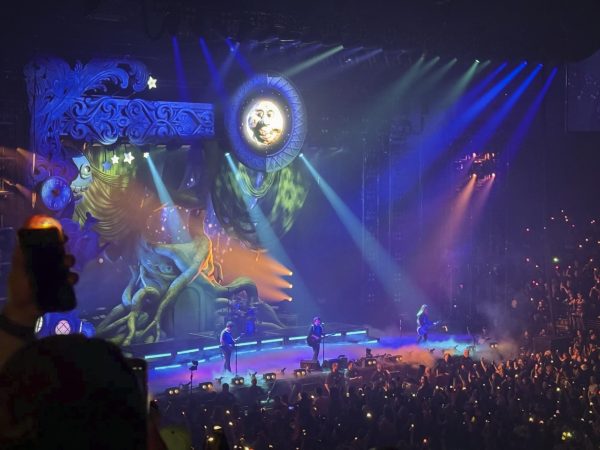
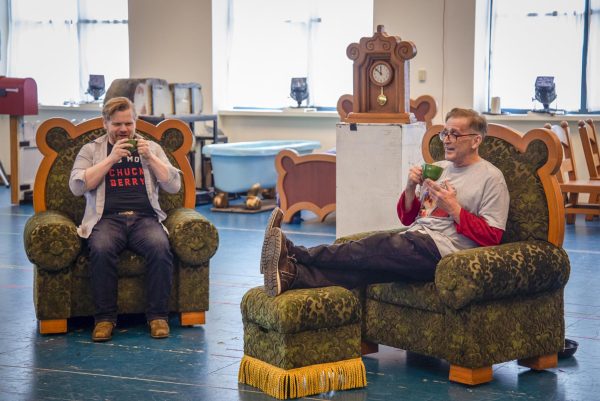
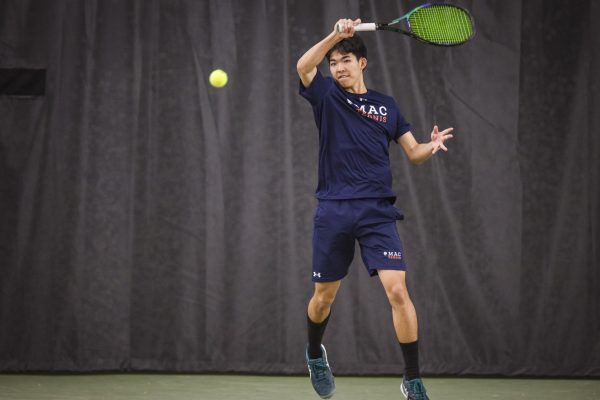







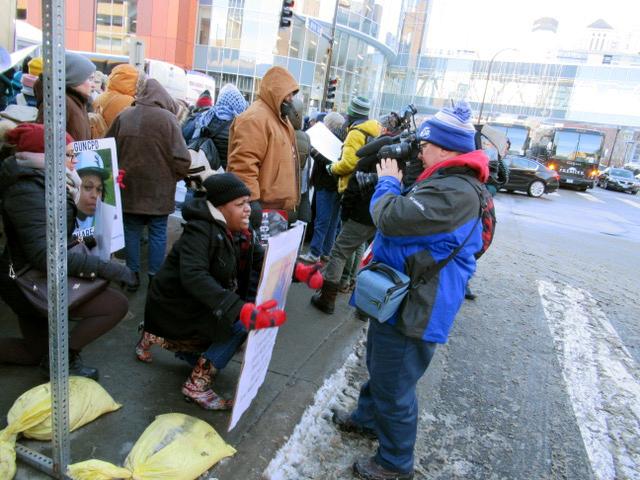
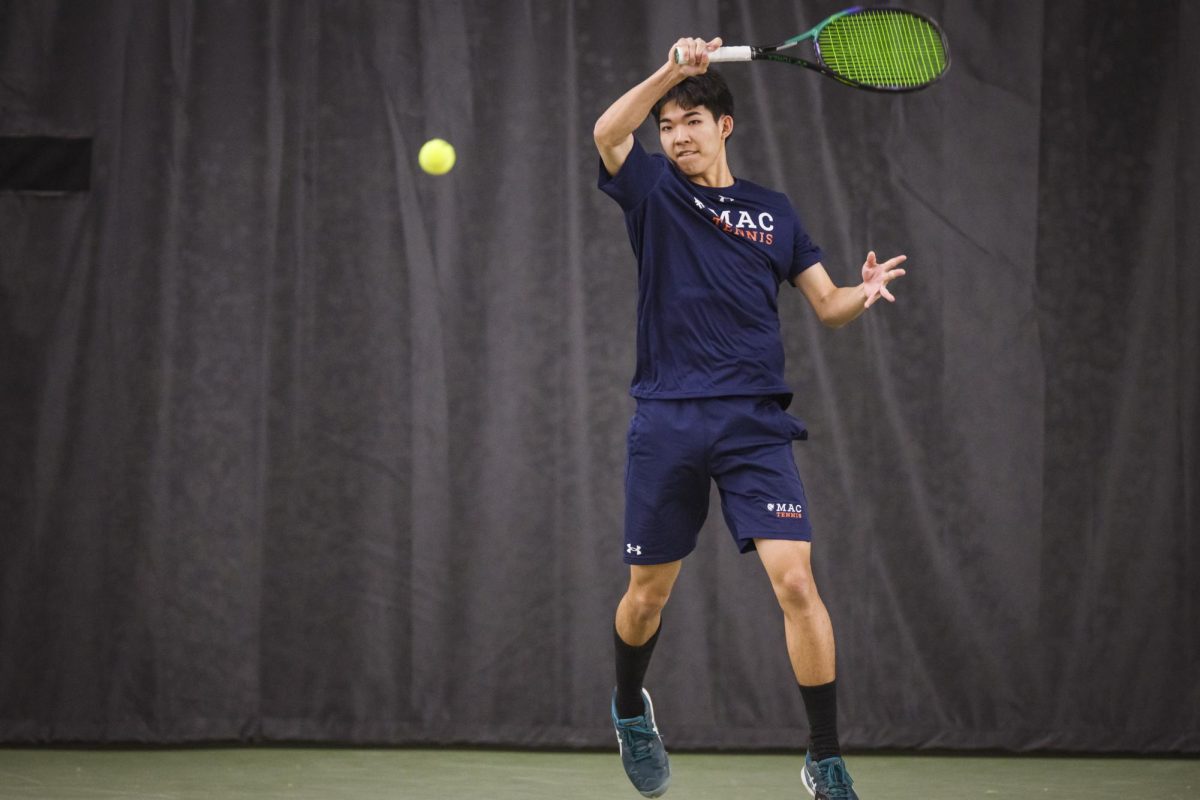
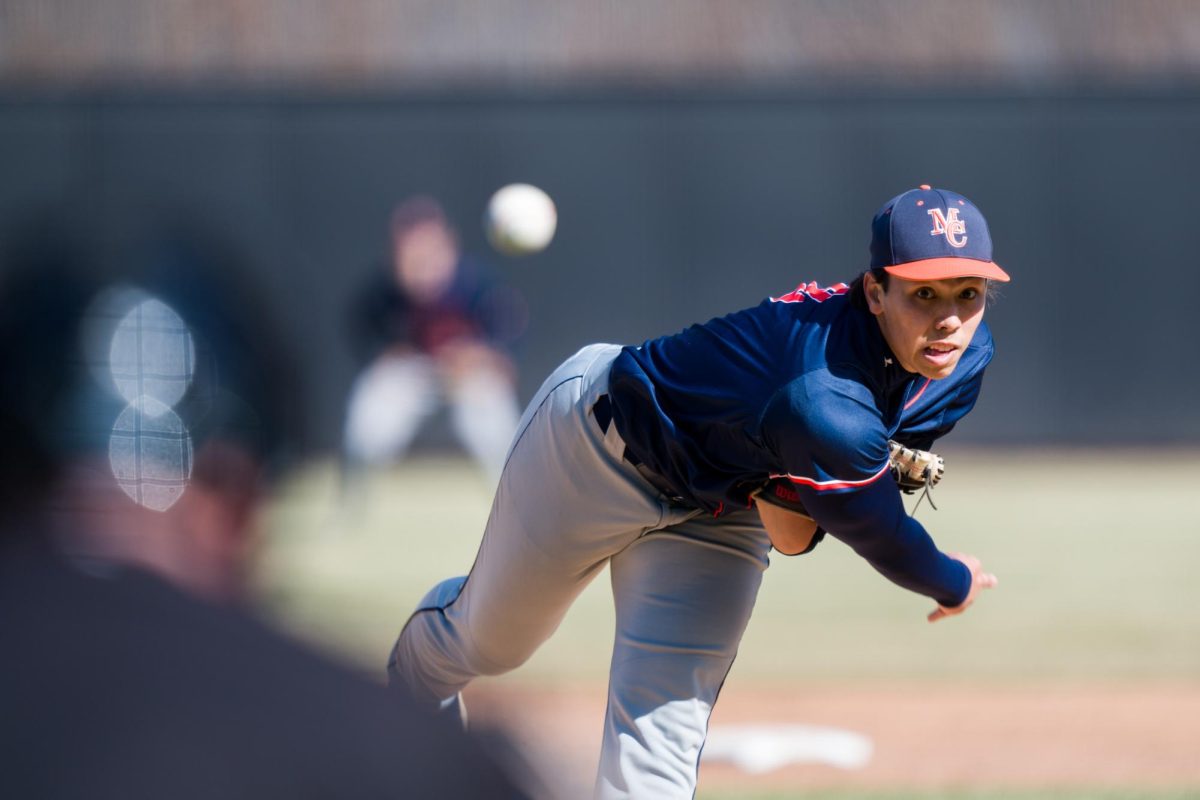
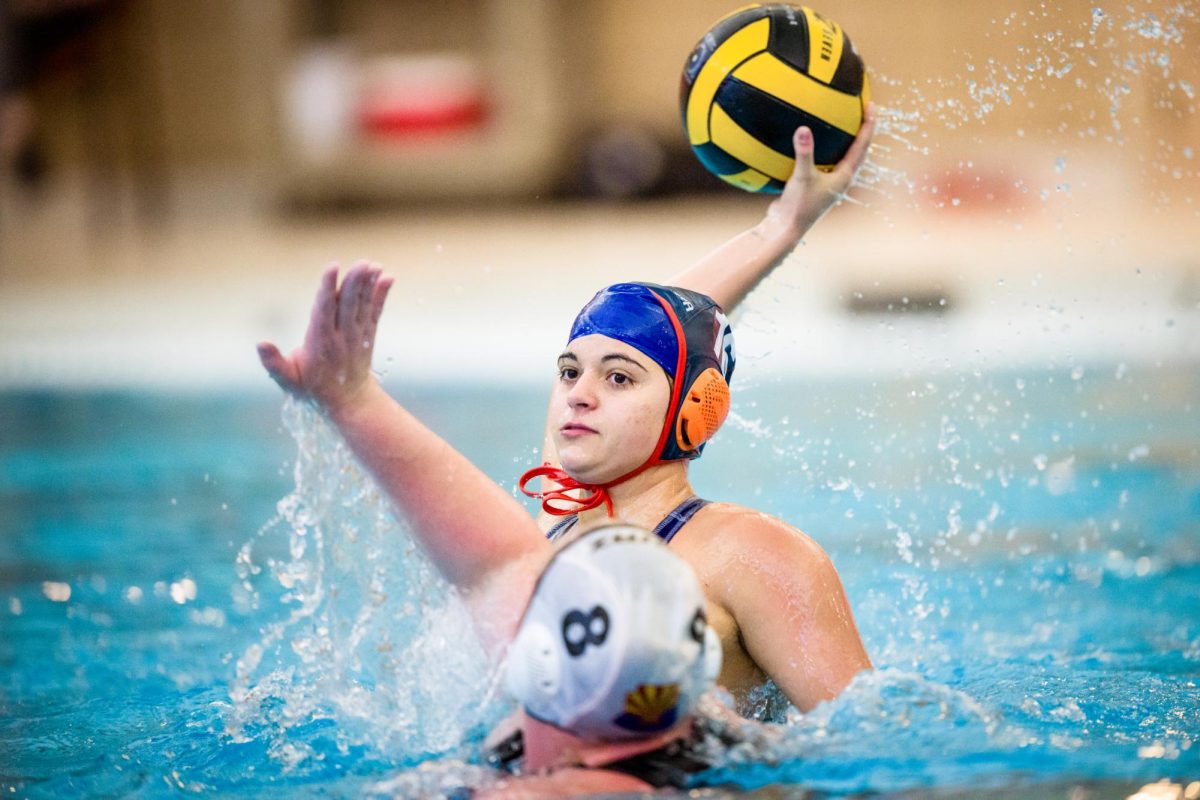
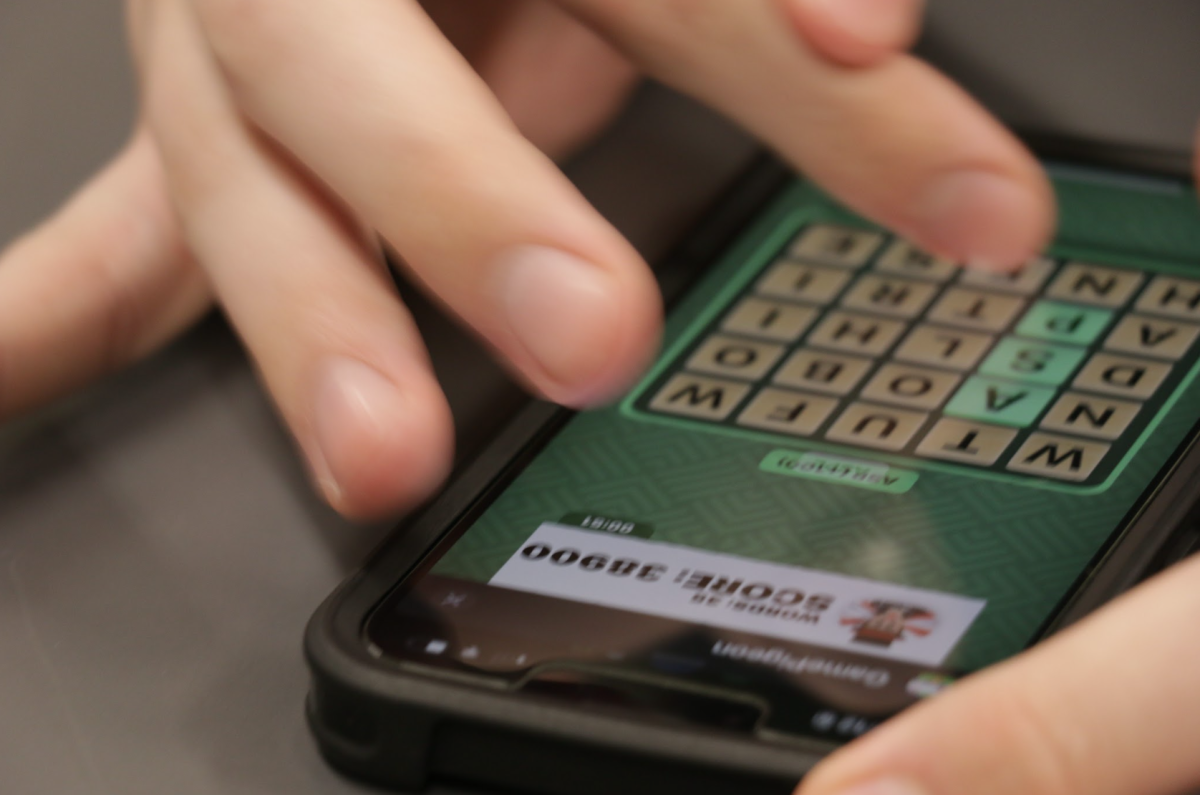
Nicola Greene • Sep 8, 2019 at 5:52 pm
I’m not that much of a internet reader to be honest but your blogs really nice, keep it up! I’ll go ahead and bookmark your website to come back in the future. Many thanks
Laurena Valdovino • Jul 23, 2019 at 5:11 am
Mass parsite http://bit.ly/2W9CVkn
ปั้มไลค์ • Jun 21, 2019 at 1:21 pm
Like!! Thank you for publishing this awesome article.